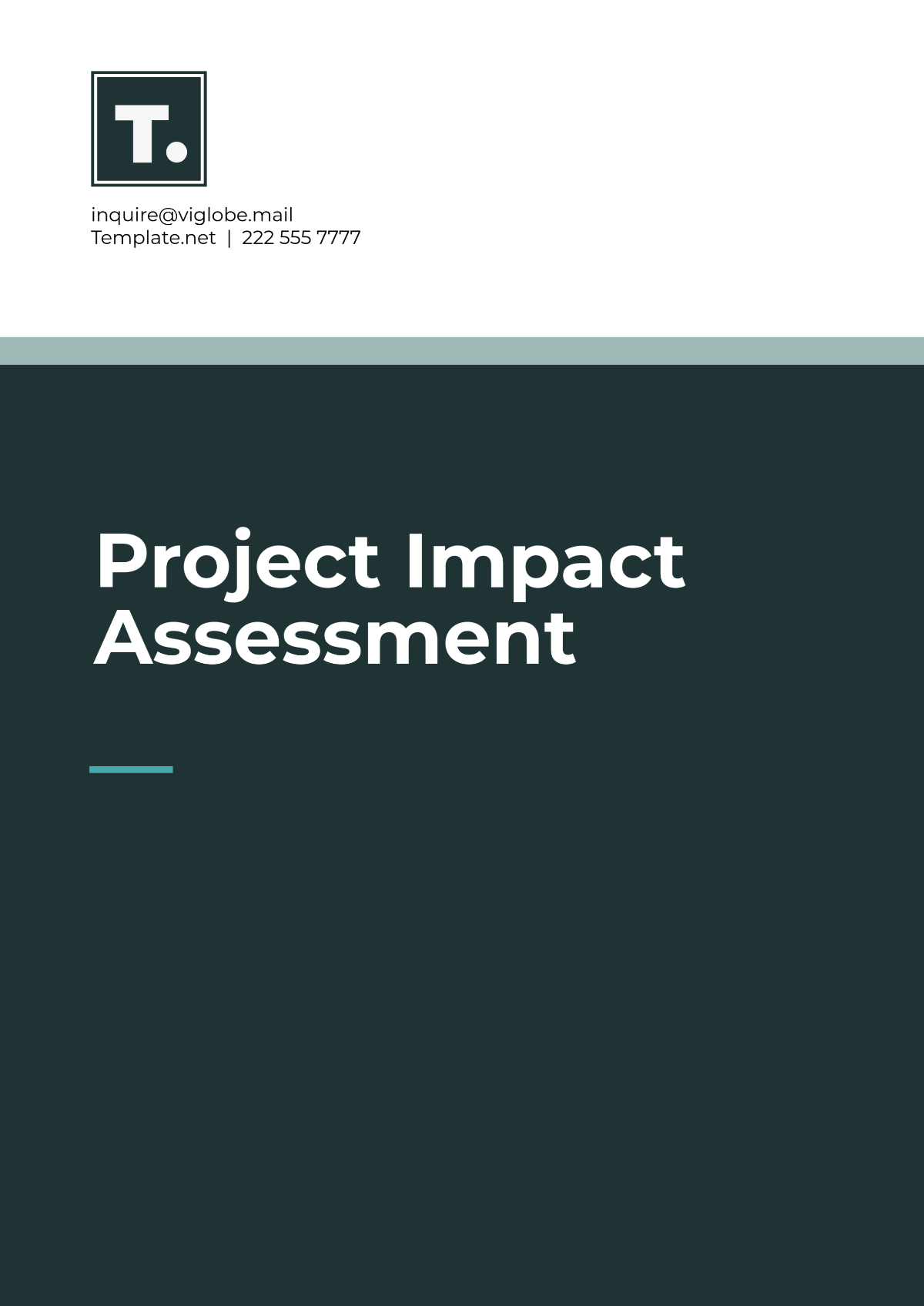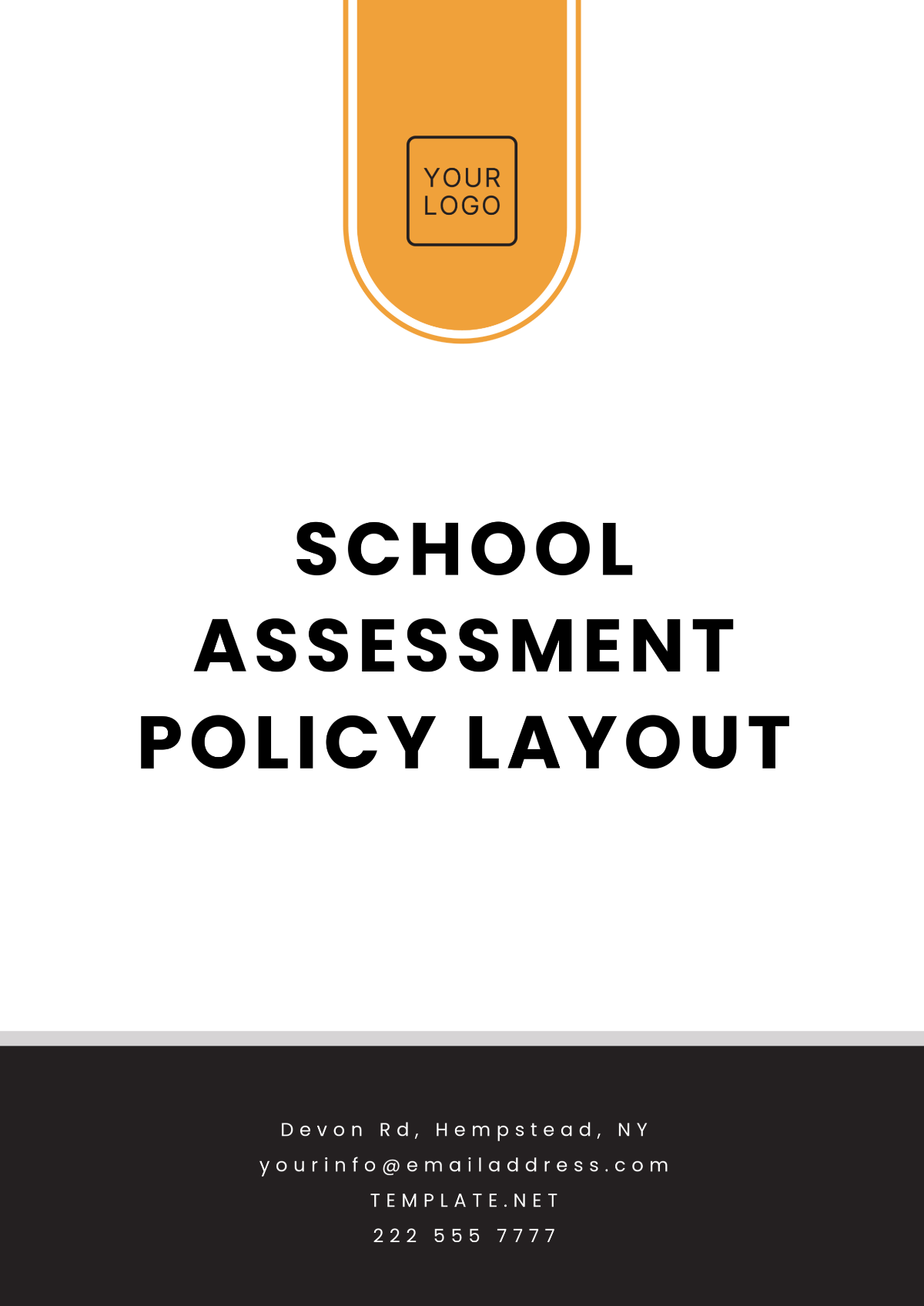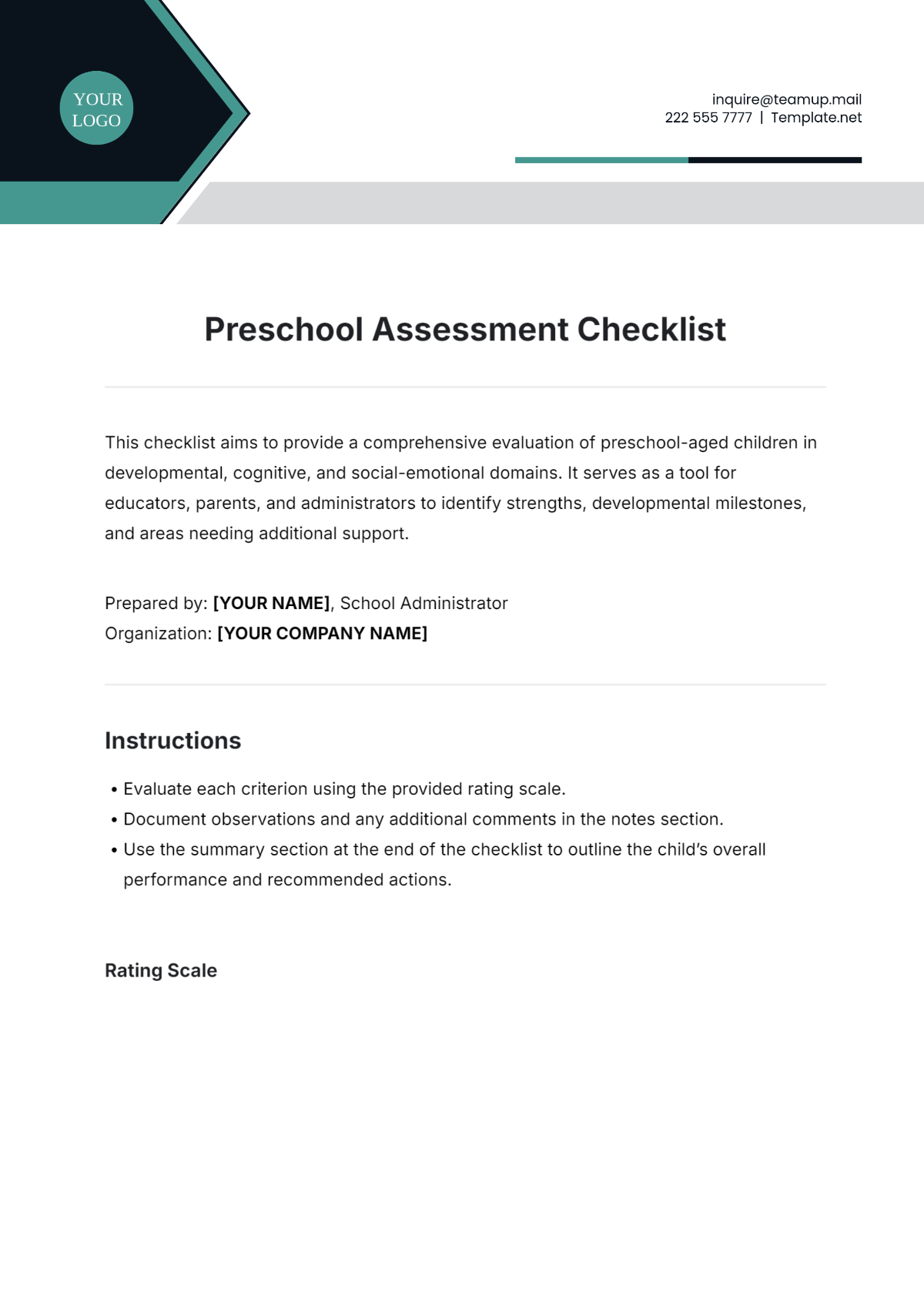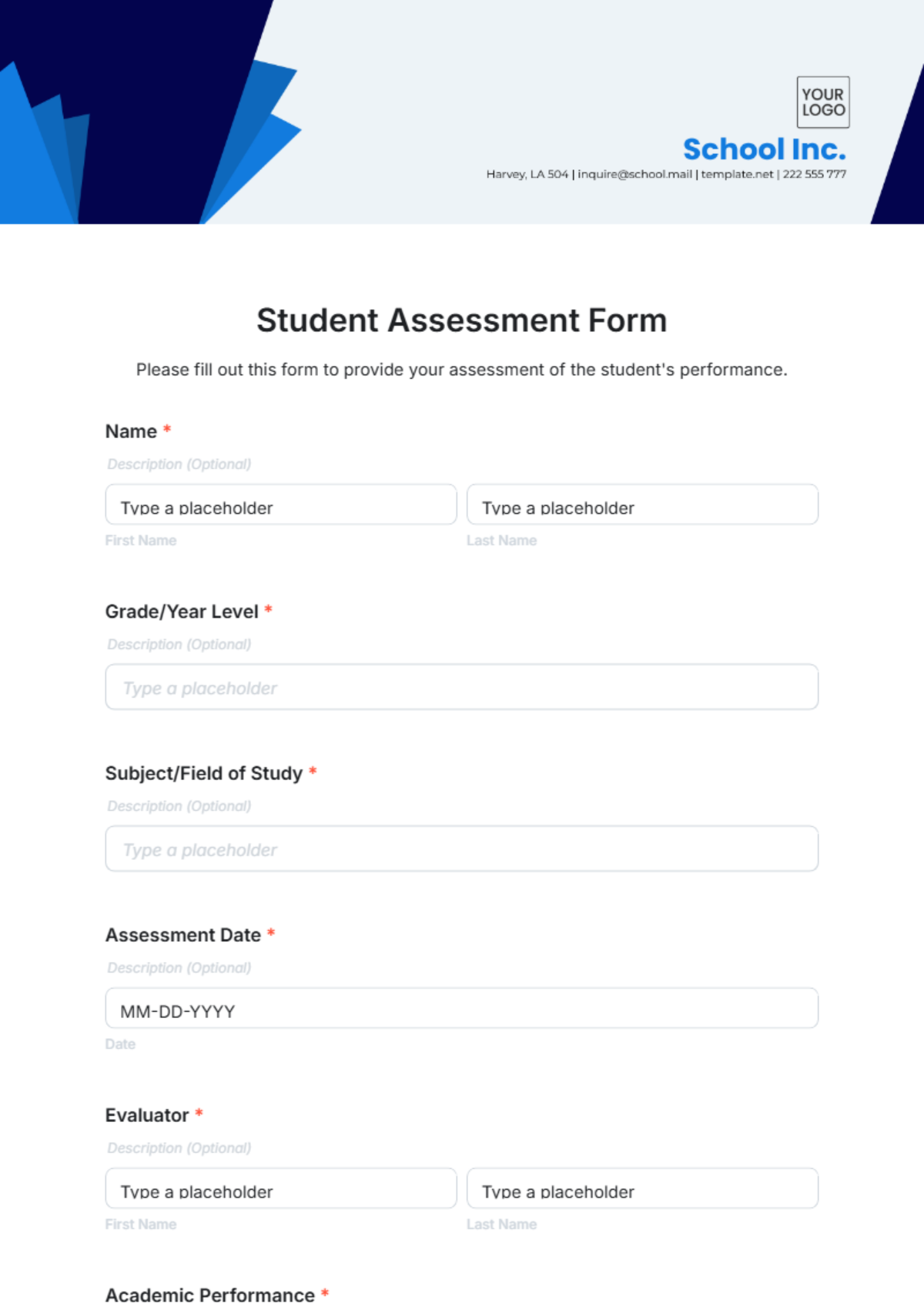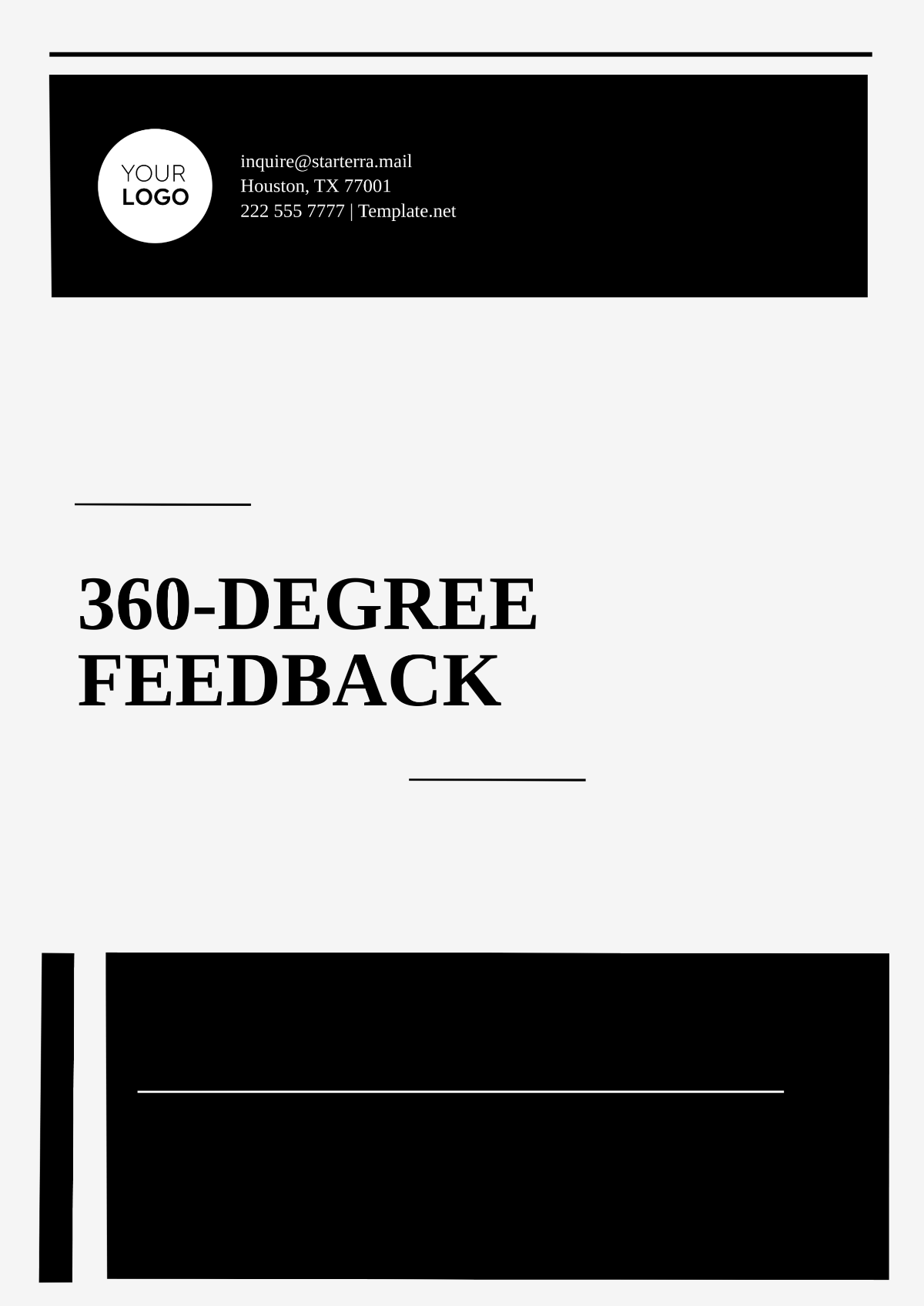Observational Study for Customer Insights
Prepared by: [YOUR NAME]
Date: [DATE]
I. Introduction
This observational study sets out to obtain a deeper understanding of customer behavior and interactions within the confines of our retail store environment. The central goals of this research endeavor include pinpointing significant pain points experienced by customers throughout their shopping journey, evaluating how customers engage with and respond to store displays, and identifying potential opportunities to enhance and elevate the overall shopping experience for our clientele.
II. Methodology
Observation Period | January 1, 2050 – January 31, 2050 |
Location | Retail Store at Main Street Mall |
Observation Tools | Video recording, customer interaction logs, and observation checklists |
Data Collection Procedures: Observers conducted unobtrusive monitoring during peak and non-peak hours. Customer interactions with displays, checkout processes, and assistance requests were recorded and categorized.
III. Findings
A. Customer Interaction with Displays
Metric | Percentage |
|---|---|
Customers Interacting with Displays | 60% |
Customers Engaging with Product Information | 30% |
Engagement in High-Traffic Areas | Higher than average |
Observation: While 60% of customers interacted with promotional displays, only 30% engaged with the product information provided. Displays located in high-traffic areas experienced more frequent customer engagement.
B. Checkout Process
Metric | Percentage |
|---|---|
Customers Experiencing Delays | 40% |
Increase in Checkout Time During Peak Hours | 25% |
Observation: 40% of customers experienced delays at checkout, primarily due to long lines and insufficient staff assistance. During peak hours, the checkout time increased by 25%, indicating a need for better management of the checkout process.
C. Assistance Requests
Metric | Percentage |
|---|---|
Customers Needing Assistance | 50% |
Common Assistance Requests | Locating specific items and receiving product recommendations |
Observation: Half of the customers required assistance in finding products or getting recommendations. The frequent nature of these requests suggests gaps in-store navigation and staff preparedness.
IV. Analysis
Display Engagement: The low interaction with product information suggests current displays may lack clear communication of key benefits. To boost engagement, redesign displays with more attractive visuals and concise, targeted product information.
Checkout Efficiency: Delays during peak hours indicate insufficient staffing and checkout infrastructure. Solutions include increasing checkout stations, optimizing staff schedules, and adding self-checkout options to reduce wait times and enhance customer satisfaction.
Assistance Needs: Frequent assistance requests highlight issues with store layout and signage. Improving signage clarity and providing additional staff training could address navigation problems and enhance customer support.
V. Recommendations
Revise Display Design: Redesign promotional displays to feature more compelling visuals and clearer, targeted product information. Position displays strategically in high-traffic areas to maximize visibility and customer engagement.
Optimize Checkout Process: Increase staffing levels during peak hours to ensure efficient service. Implement additional checkout stations and explore the integration of self-checkout kiosks to streamline the checkout process and minimize wait times.
Enhance Customer Assistance: Enhance store signage for easier and more intuitive navigation and invest in thorough staff training to better assist customers, address product inquiries, and offer personalized recommendations.
VI. Conclusion
The observational study highlights several key areas for enhancing the customer experience in our retail store. By improving the effectiveness of product displays, optimizing checkout processes, and addressing customer assistance needs, we can significantly boost customer satisfaction. Implementing these changes will not only elevate the shopping experience but also drive increased engagement and sales. Focusing on these improvements will position us to better meet customer expectations and achieve our business goals.
















